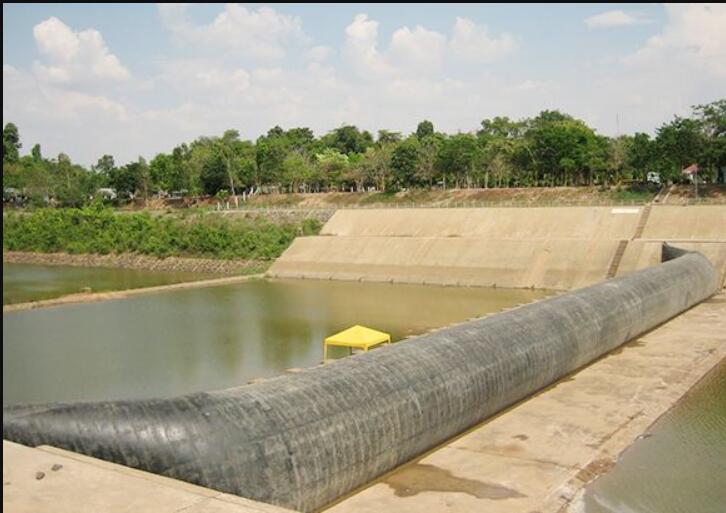Reducing Maintenance Costs: The Economic Benefits of Rubber Dams
Introduction
Rubber dams, often overlooked in discussions about water management, offer a unique and cost-effective solution to various challenges in both civil and industrial applications. One of the most compelling advantages of rubber dams is their ability to reduce maintenance costs significantly. In this article, we will explore the economic benefits of rubber dams and why they are an increasingly popular choice for water control and management.
Durability and Longevity
Rubber dams are designed to withstand harsh environmental conditions and have an impressive lifespan, often exceeding 25 years or more with proper maintenance. Their durability reduces the need for frequent replacements, lowering long-term costs. Traditional dam materials like concrete may require costly repairs and maintenance over time, making rubber dams a cost-effective alternative.
Low Maintenance Requirements
Unlike conventional dams that often demand extensive and expensive upkeep, rubber dams have relatively low maintenance requirements. Routine inspections and minor repairs are typically all that's needed to keep them in optimal condition. This simplicity in maintenance significantly reduces ongoing operational costs.
Resistance to Corrosion
Rubber dams are resistant to corrosion, which can be a major concern for structures in contact with water. The absence of corrosion-related issues eliminates the need for expensive anti-corrosion treatments and repairs, saving both time and money.

Adaptability and Flexibility
Rubber dams can be deflated and re-inflated as needed to control water levels, making them highly adaptable to changing environmental conditions. Traditional dams lack this flexibility and may require costly modifications or retrofitting to accommodate changing water flow patterns.
Energy Efficiency
Rubber dams can be used to generate hydroelectric power by harnessing the energy of flowing water. This dual-purpose functionality can offset operational costs by providing a renewable energy source, potentially turning a rubber dam into a revenue-generating asset.
Reduced Environmental Impact
Traditional dams can have significant environmental impacts, such as altering aquatic ecosystems and disrupting natural river flow. In contrast, rubber dams have a minimal footprint and can be designed to minimize their environmental impact, reducing the costs associated with environmental mitigation measures and regulatory compliance.
Quick Installation and Repairs
The installation of rubber dams is often faster and more cost-effective than building conventional dams. Additionally, in the event of damage or wear, repairs to rubber dams can be carried out swiftly, minimizing downtime and associated costs.
Customization
Rubber dams can be customized to suit specific water management needs, including size, shape, and operational parameters. This adaptability allows for efficient and cost-effective solutions tailored to each application.
Operational Cost Savings
Rubber dams are highly efficient in controlling water flow and managing reservoir levels. Their precise control capabilities can result in significant operational cost savings by optimizing water usage and reducing waste.
Conclusion
Rubber dams are proving to be a wise investment for water control and management due to their ability to significantly reduce maintenance costs over their long lifespan. Their durability, low maintenance requirements, resistance to corrosion, adaptability, and energy efficiency make them a cost-effective alternative to traditional dam structures.
As businesses and municipalities seek ways to manage water resources efficiently and sustainably, the economic benefits of rubber dams are becoming increasingly evident. By choosing rubber dams for water control needs, organizations can not only save on maintenance costs but also contribute to a more environmentally responsible and financially sound approach to water management. In a world where water is an increasingly precious resource, rubber dams are emerging as a smart and cost-effective solution.
552
0
0


Comments
All Comments (0)